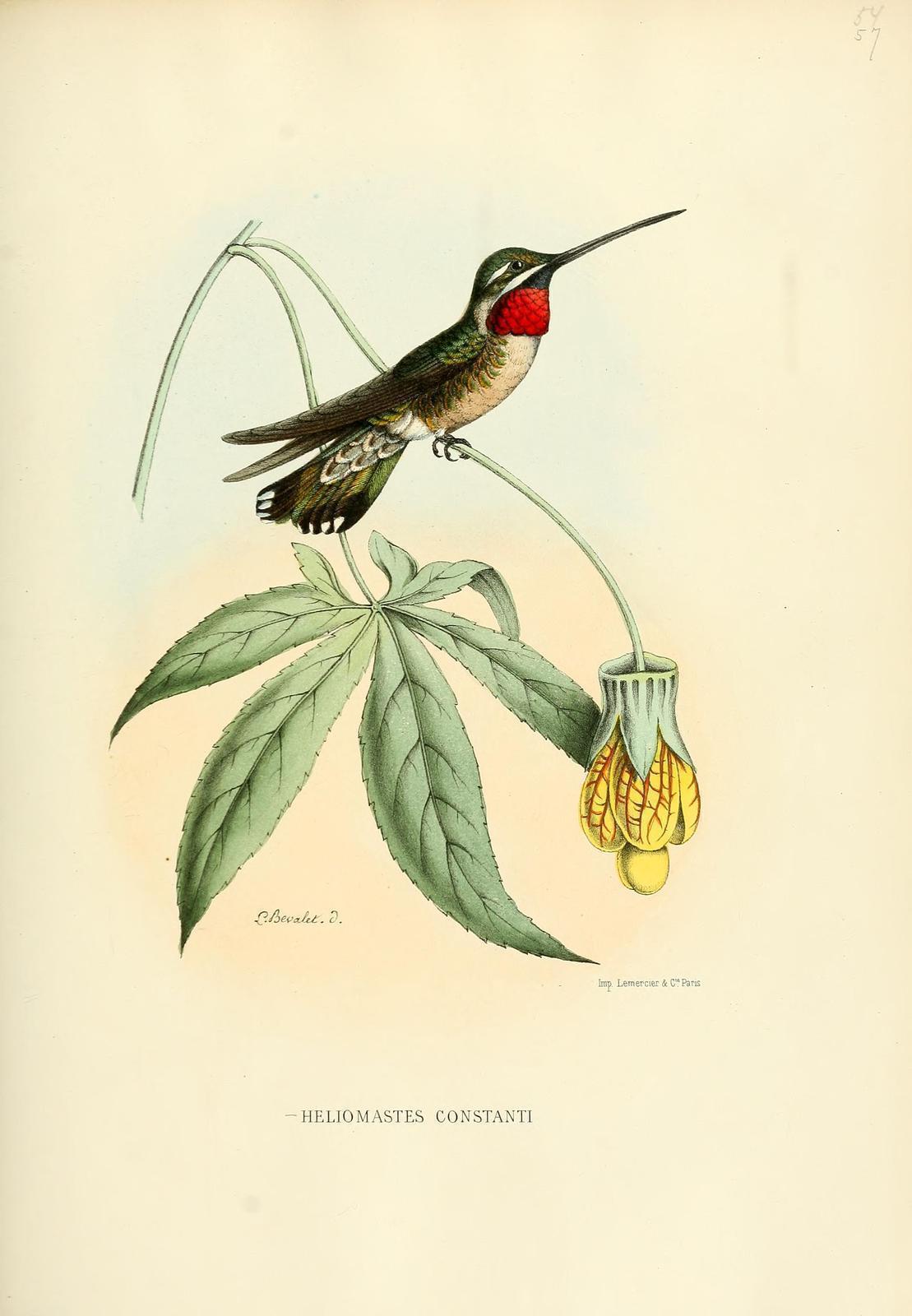Abutilon pictum (Gillies ex Hook.) Walp.
MalvaceaeEl nombre científico, Abutilon striatum, está formado por un término de origen árabe, abu tilun: este era el nombre dado por el médico persa Avicena (980-1037) a una planta que tenía características similares, la malva índica. Por otro lado, el término latino striatum, “estriado”, se refiere a la forma de la corteza. El abutilón es una planta que sin embargo procede de la América tropical y que difícilmente fue por tanto conocida por Avicena u otros médicos del Islam medieval. Los españoles que llegaron a América después de 1492 quisieron reconocer en el abutilón, que veían por primera vez, esa otra malva índica que habían visto en libros antiguos, es decir, le dieron a algo nuevo un nombre ya registrado. Este fenómeno fue bastante común en los momentos iniciales de contacto de los europeos con América: se nombraba lo recién descubierto según los parámetros conocidos, ya que se pensaba que estas tierras eran parte de Eurasia, del mundo tal y como había sido concebido desde la Antigüedad. Reconocer que estas plantas eran nuevas para los europeos implicaba a su vez reconocer que Cristóbal Colón no había dado la vuelta al mundo y había descubierto una nueva ruta hasta “las Indias”, como entonces se llamaba al Lejano Oriente; implicaba reconocer que los europeos estaban pisando un Nuevo Mundo. Junto con otros productos y metales preciosos, muchas de esas plantas de América llegaron por primera vez a Europa a través del río Guadalquivir: por eso sería conocida Sevilla durante los siglos XVI y XVII como puerto y puerta de América.
Procedencia
AmericanoCalendario
Hábitat
Morfología
 Arbusto
Arbusto
 Pendular
Pendular
 Simple
Simple
 Palmeada
Palmeada
 Alterna
Alterna
 Lobado
Lobado
 Serrado
Serrado
 Hastada
Hastada
 Aristado
Aristado
 Perenne
Perenne
